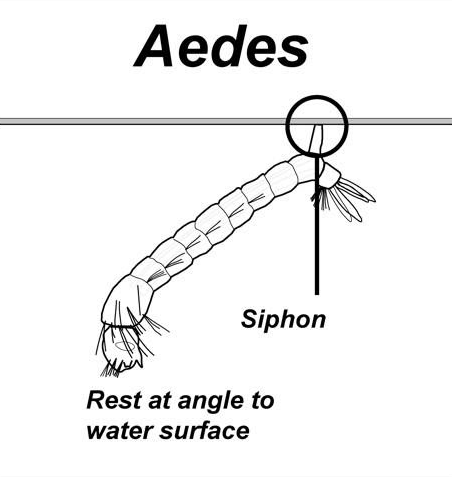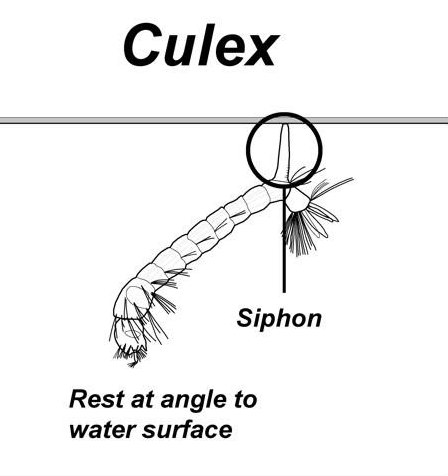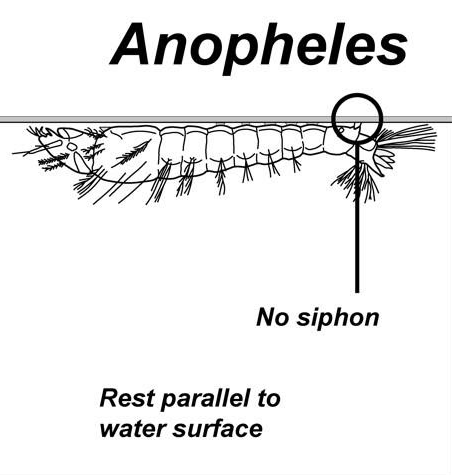Home - Mission Mosquito
GLOBE Mission Mosquito
Does NASA study mosquitoes?
NASA scientists are working with local governments, doctors and public health officials, even pest control companies — all to find new and innovative ways of combating mosquitoes. By modeling and forecasting potential disease outbreaks across geographic areas, they are combining satellite data of diverse environmental factors, such as temperature, soil moisture and precipitation, with data on human factors, like population density in villages and traveling across borders. These new comprehensive views of entire ecosystems can provide new information that national and local authorities can apply to environmental health initiatives that aim to mitigate the risk of exposure to mosquitoes and the diseases they may transmit. Read more here: Fighting Mosquitoes from Space
This is where you, the citizen scientist, can play a big part in the understanding of these complex relationships.
Participate and submit mosquito habitat observations as a GLOBE school, educator student or citizen scientist through the GLOBE Observer app. Visit Participate to learn more.
Mosquito Information
Mosquitoes are common insects that occur in many places around the world, particularly in the tropical and subtropical regions. Mosquitoes play an important role in ecosystems. They are food sources for many species of fish, birds, amphibians and reptiles. Some mosquitoes are pollinators and so they help to make fruits and vegetables. There are over 40 genera and over 3,500 known species. However, three of these genera — Aedes, Culex and Anopheles — have species that transmit diseases that impact people, including malaria, chikungunya virus, dengue fever, Zika virus and West Nile virus. Identifying the breeding areas of mosquitos that are disease vectors for humans is an important component of local disease management and eradication.
The life cycle of mosquitoes is closely related to their environment. The egg, larvae and pupae stages of the mosquito life cycle are dependent on water, especially standing water. Different species have different preferences for where to lay their eggs, whether in natural ponds or puddles, or in artificial containers left by humans. Land cover and vegetation also play a role. Species vary in their preferences for vegetation cover, and some favor urban environments and proximity to human dwellings. Temperature is another important factor. The speed of the mosquito life cycle can be impacted by changes in temperature. Tracking where mosquitoes and larvae have been observed, along with environmental data, can help determine when outbreaks of disease, such as malaria or dengue, most likely will occur, or when chemical or other controls will be most effective.








